The SEAT Leon ST is one of the best sellers of the Spanish brand. The good quality of construction — noticeable in details such as the distances at the junctions of the body panels or inside, almost make us forget that there is a 'cousin' called VW Golf — together with other important aspects such as space and versatility, have made the Spanish van the preference of many companies and individuals.
We have already tested version 1.0 TSI Ecomotive, equipped with the competent gasoline engine from the VW Group, which is a serious alternative to Diesel, especially for individuals — do the math and draw your own conclusions. But in companies, sometimes for fiscal reasons, sometimes for practical reasons, it is Diesel that remains in the mindset of decision makers. Reasons why gasoline models are not an alternative. Well, this is where the SEAT Leon ST 1.4 TGI comes into its own…
The alternative called SEAT Leon ST 1.4 TGI
The Diesels are shrouded in a “dark cloud” — what a pun… isn't it? — about your future. Consumers don't quite know what to expect and companies (especially companies) — which is one of the main sales channels for Diesels — are counting the entry into force of the WLTP test cycle and the residual values they now have more. a variable.
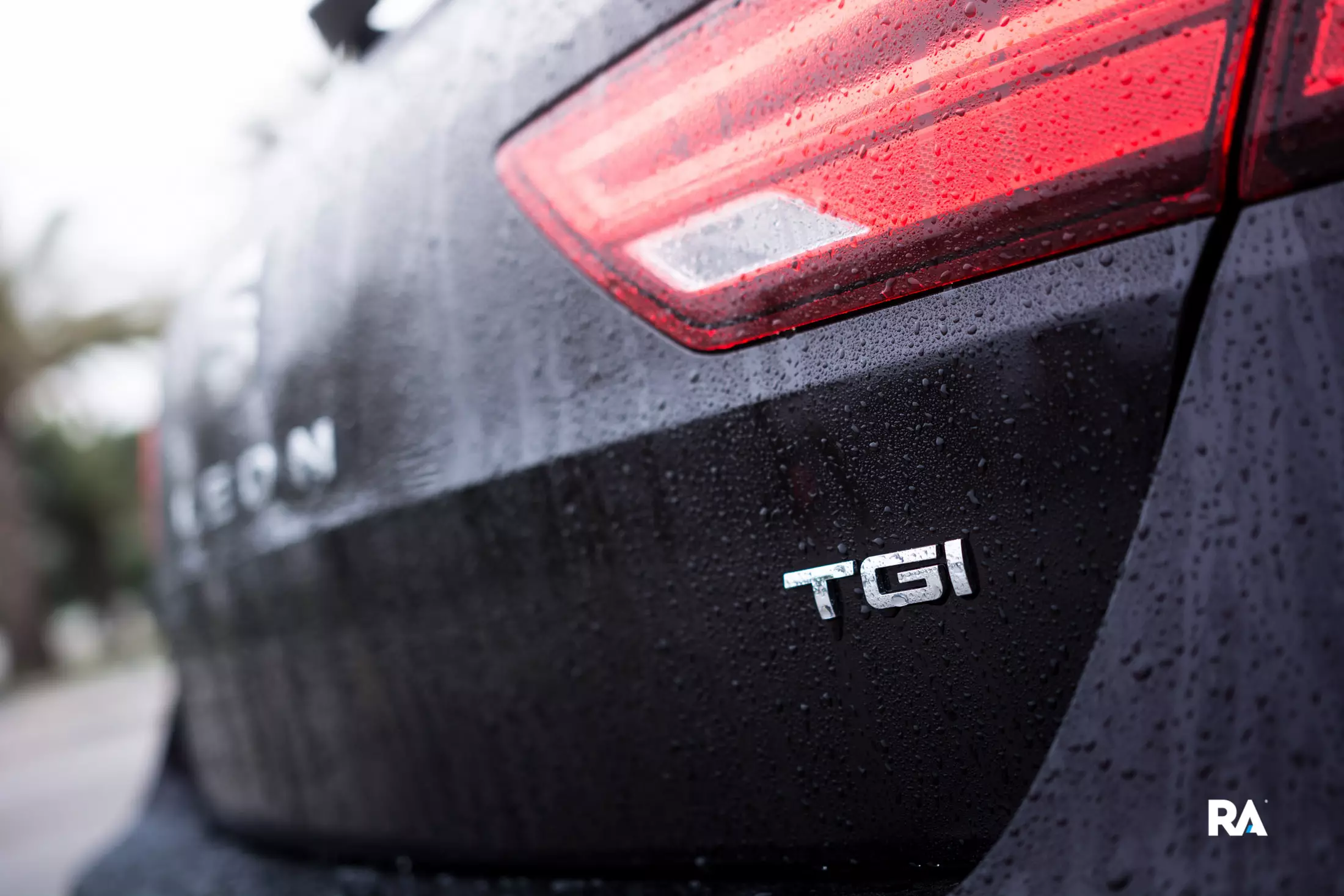
SEAT decided to go ahead, because as I started by writing, the SEAT Leon 1.6 TDI has been the choice of many companies and fleet managers. SEAT's answer to this problem comes through a version fueled by CNG (compressed natural gas): the SEAT Leon ST 1.4 TGI.
discover the differences
If we cover the acronym TGI, it is almost impossible to know that we are behind the wheel of a natural gas vehicle (VGN). In terms of use, there is no difference between this version and any other petrol equivalent version — by the way, the SEAT Leon ST 1.4 TGI consumes both types of fuel (petrol and CNG). Switching between one fuel and another is completely automatic (there are no switches) and is almost imperceptible.
Maybe (maybe!) there is a slight loss of power when we drive using the CNG. But it's perfectly irrelevant.
In practical terms, the use of natural gas vehicles (VGN) provides savings on two levels. On the one hand, on the basis of an equivalent liter, natural gas costs around 70% less than diesel. On the other hand, VGN consume a clean burning fuel, which reduces the need for maintenance with regard to oil changes, for example.

During our test, using the CNG we recorded an average of 4.2 kg per 100 km — notice that I wrote kg/100km and not l/100km. And it seems little, because in fact it is little. The engine is spare but there is another reason: a kg of CNG contains as much energy as 1.5 liters of gasoline or 1.3 liters of diesel.
The CNG tank holds 15 kg and the fuel tank 50 liters. Result? More than 1200 kilometers of autonomy.
Do you have everything to go right? Not yet.
There is a very important problem regarding the limitations of this SEAT Leon ST 1.4 TGI, which concerns the supply network. Across the country there will be no more than a dozen CNG stations — some of them with restrictions on private supply — and the Leon's tank has a capacity of just 15 kg. Which gives you, roughly, autonomy for 350 km working on gas. After that… the diet has to be gasoline.
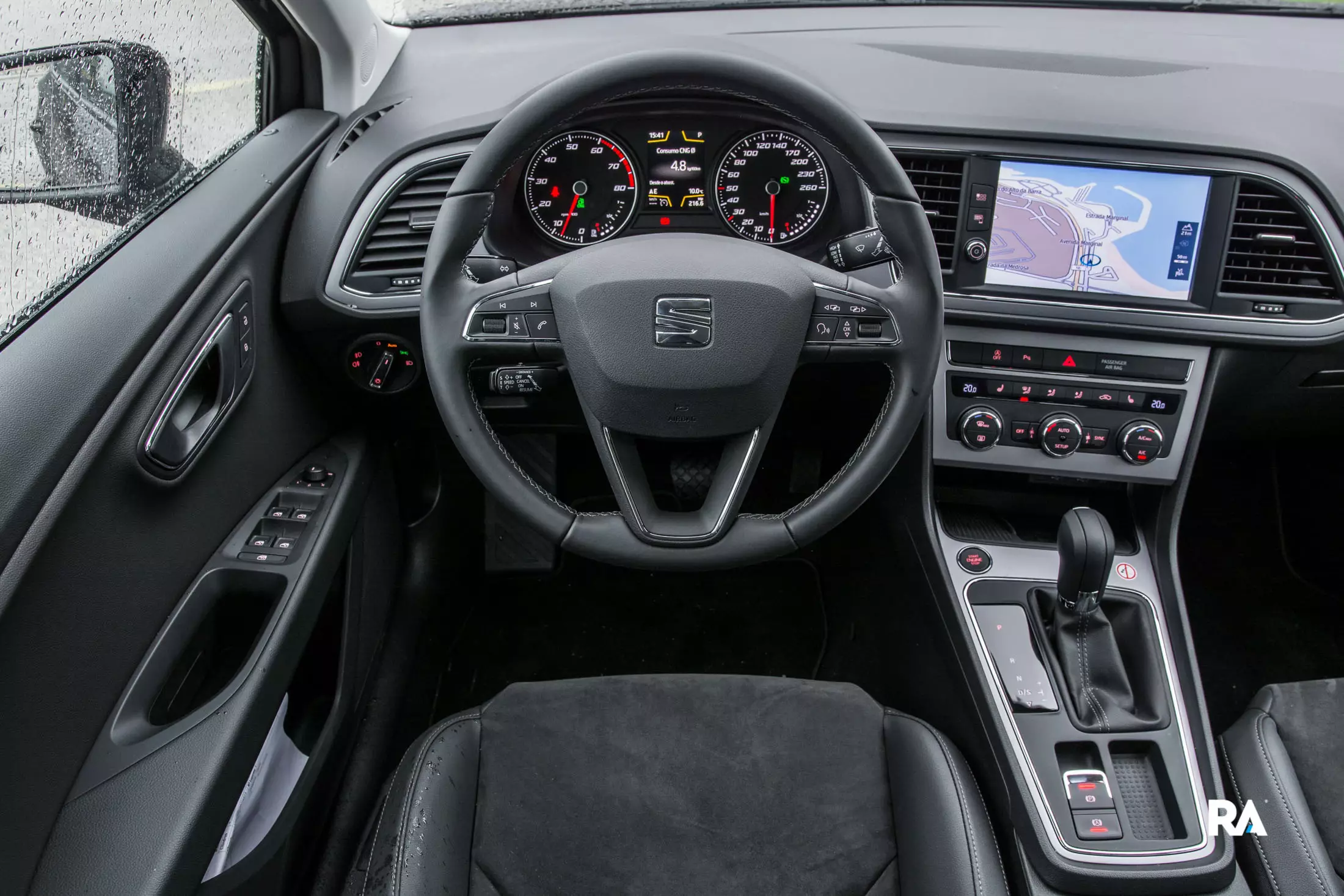
Therefore, in Portugal there is still a long way to go for this fuel to have its proper place in the market. Due place why? Because Natural Gas is the cleanest of the alternative fuels. And electric mobility is promoted so much — and well… — why not promote VGN as well?
Compared to gasoline engines, carbon dioxide emissions from VGN are about 20% lower, non-methane hydrocarbon (HCnM) emissions are 80% lower, and nitrogen oxides are 40% lower.
It is that among a future that will appear to be electric — whether through battery-powered or fuel cell (aka hydrogen) electric vehicles — natural gas may very well be the ultimate transitional fuel. There is no need for a technological revolution (as in the electric ones), just a supply network. The technology already exists, it's just the old Otto cycle engine with a new diet.
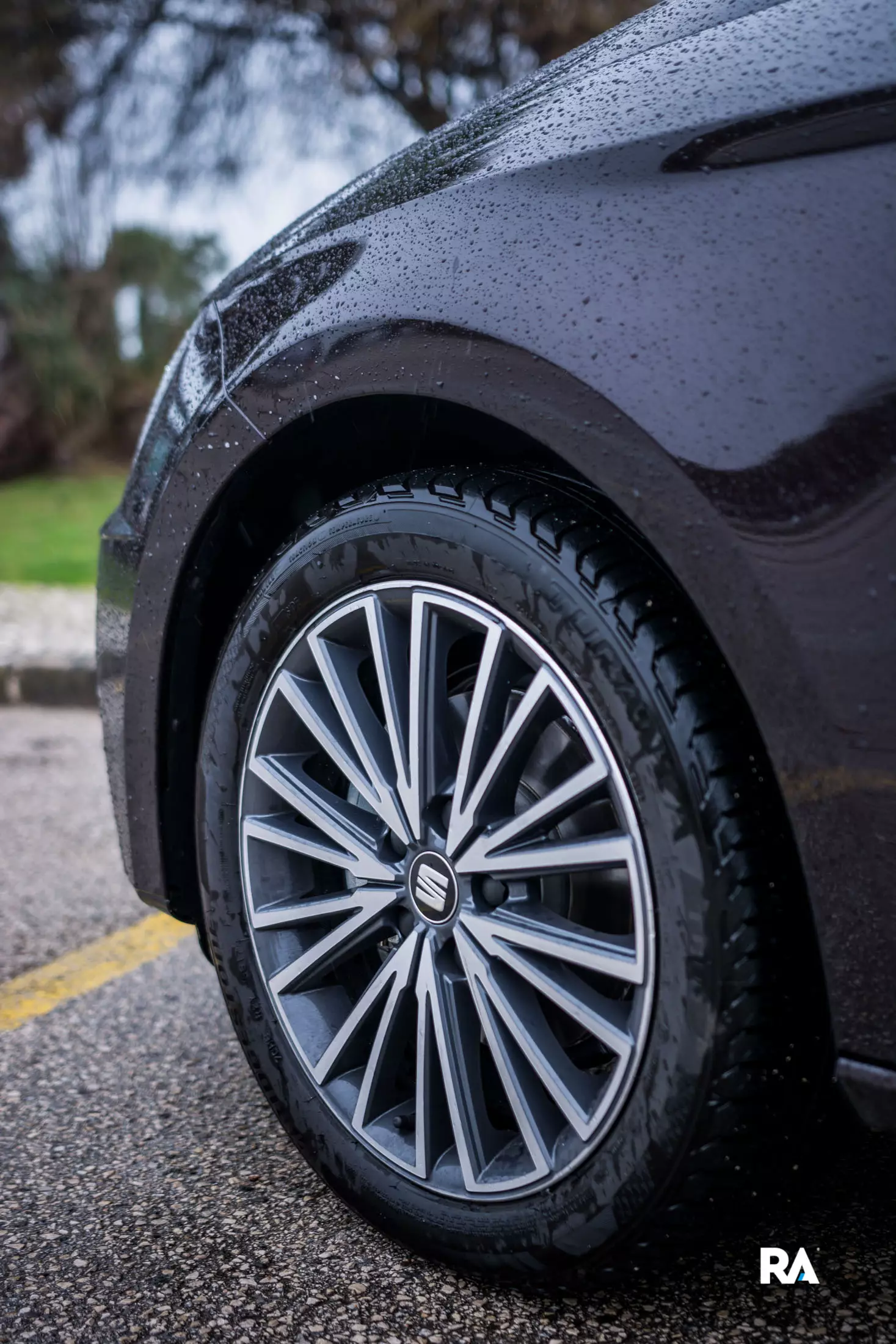
It's safe?
SEAT's hybrid technology (CNG/petrol) is 100% safe. The fuel system is tightly closed. In addition, the gas tanks are designed to withstand more than twice the pressure of normal usage conditions, and each is equipped with an independent safety valve.
The natural gas used in the SEAT Leon ST 1.4 TGI is the same as that used in our homes. The difference is that it's compressed into just 1% of the space.
Furthermore, vehicles equipped with CNG technology are subject to the same safety requirements (crash-tests) as other vehicles. For example, before final quality approval, all SEAT vehicles equipped with CNG are topped up to capacity and undergo a specific gas detection test. This quality control covers 100% of the production of vehicles originally equipped with CNG.
Check out the photo gallery of this essay:
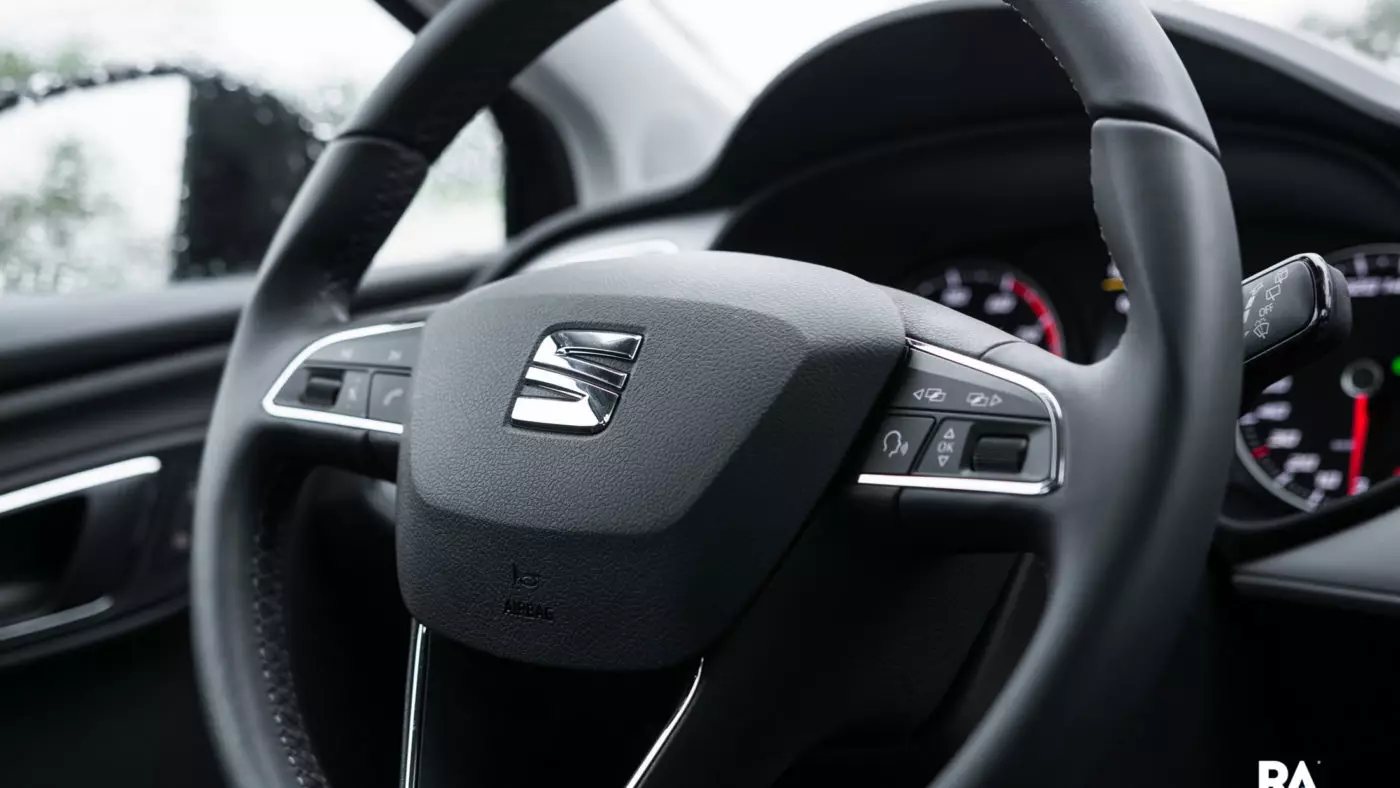
I wish the steering wheel grip was thicker. But I'm the only one complaining about it here in the newsroom.
On the website of the Portuguese Association of Natural Gas Vehicles (APVGN) you can read the following:
NG powered vehicles are as safe as vehicles that run on traditional fuels such as gasoline. In fact, in countries with a tradition of using VGNs, many school transport administrators opt for GN to move school buses. Natural gas, unlike liquid fuels and LPG, dissipates into the atmosphere in the event of an accident, avoiding the risk of fire created by pools of gasoline or diesel or LPG on the ground.
And should I buy it?
If you're a private person, the most likely answer is no. If you're a company — hello company! — well, the tax advantages exist, the economy of use is there, the concern for the environment as well (saving the life of a family of penguins in Antarctica is an item that always looks good in any company's sustainability report) but you have the problems with the supply network. Depending on how your employees use their vehicles and how close they are to a refueling point, it might not even be that big of a problem.
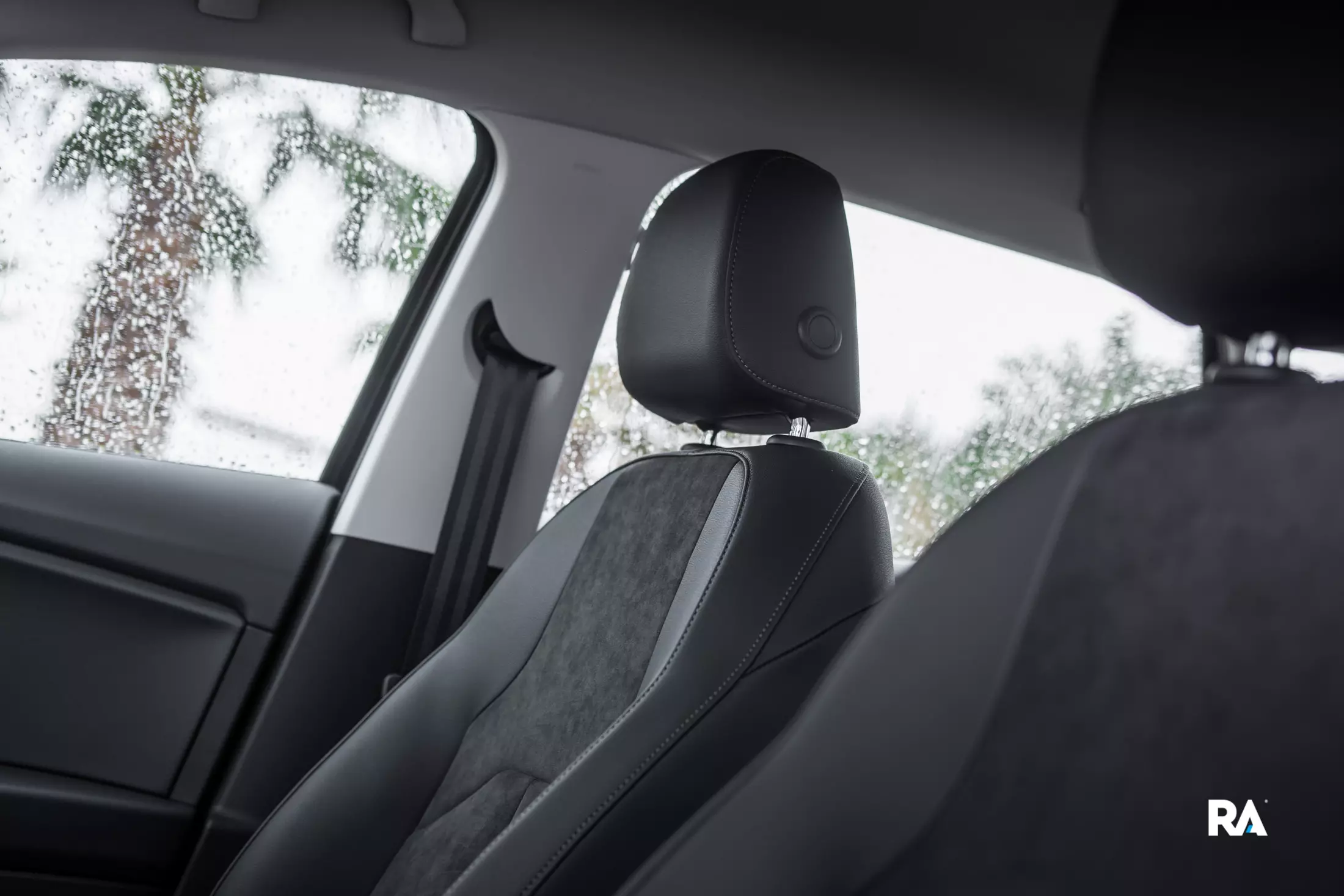
As the current Secretary General of the United Nations once said “just do the math”, that's what you're paid for. But I'll help you (that's what they pay me for…) the value of this SEAT Leon ST 1.4 TGi doesn't differ much from the proposal the brand makes for the SEAT Leon ST 1.6 TDI:
349 euros, including VAT, for a 48-month contract and 80 thousand kilometers, in the SEAT Leon ST 1.4 TGI version with the Style equipment level.
As for consumption, how much can you save? Assuming that at the time I write these lines the Kg of CNG is €0.999 and that the liter of diesel is €1.284, and assuming that the SEAT Leon 1.4 TGI consumes 4.3 kg/100km and that the SEAT Leon ST 1.6 TDI consumes 5.9 l/100km (on a similar path), this results in a saving of… ok, I got lost. It's better to make a table:
| Leon TGI CNG consumption (kg/100 km) | Leon TDI diesel consumption (l/100 km) | CNG cost for 100 km (€) | Diesel cost for 100 km (€) | Savings CNG / diesel (%) | |
|---|---|---|---|---|---|
| Reference route of km77 by highway | 4.3 | 5.9 | €4.29 | €7.57 | 43.4% |
One thing is certain, without the “ifs” of the supply network, the SEAT Leon ST 1.4 TGI would be a strong rival to fight the Diesel hegemony in the companies' fleets. With a serious bet on the supply network, maybe it could be more than that...
